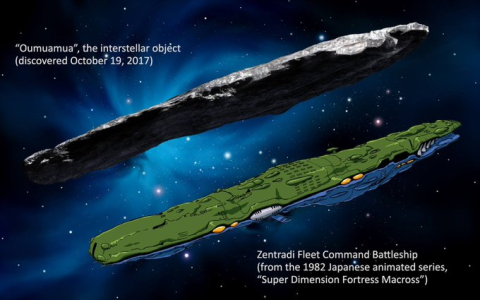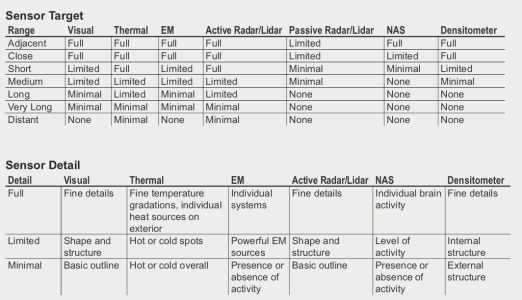This table below show sensor work (to varying degree) out to 50,000km.
A ship accelerating at 1G (9.08655m/s2 to travel 1 AU (149,600,000km) will travel for 68.7hours and at the point where the ship starts to de-accelerates the ship is travel at 4,321,202 km/h and covers 50,000km in 41.6 seconds.
1) My numbers maybe in error.
2) That's not a lot of time to nig a ship around object.
3) Planets, have known plotted orbits.
So how far out can Far Trader A see and identify a object as Far Trader B?

A ship accelerating at 1G (9.08655m/s2 to travel 1 AU (149,600,000km) will travel for 68.7hours and at the point where the ship starts to de-accelerates the ship is travel at 4,321,202 km/h and covers 50,000km in 41.6 seconds.
1) My numbers maybe in error.
2) That's not a lot of time to nig a ship around object.
3) Planets, have known plotted orbits.
So how far out can Far Trader A see and identify a object as Far Trader B?


